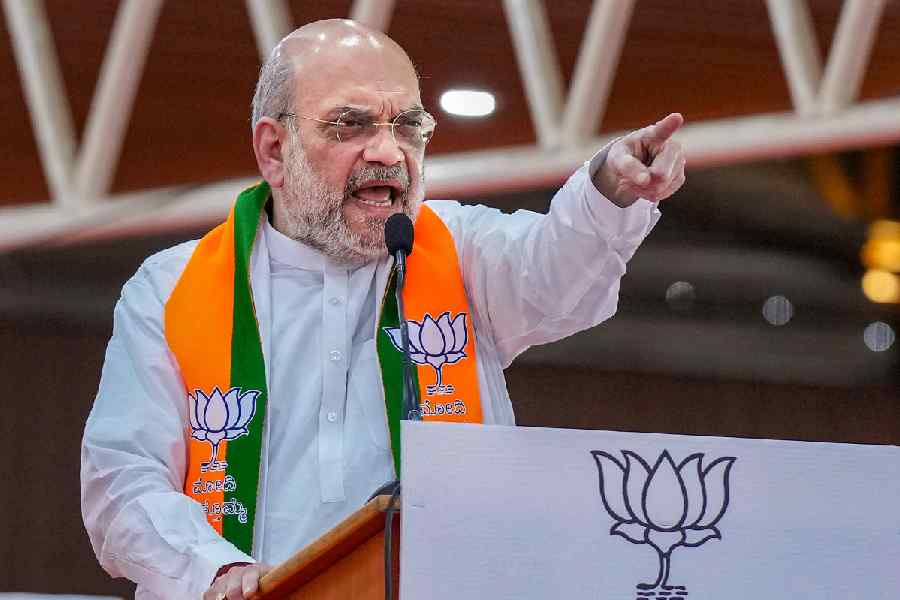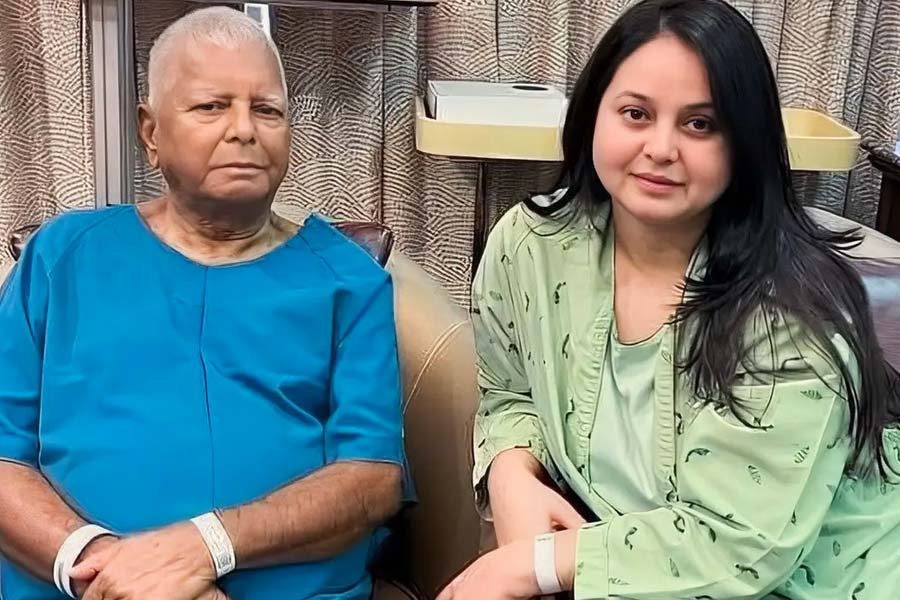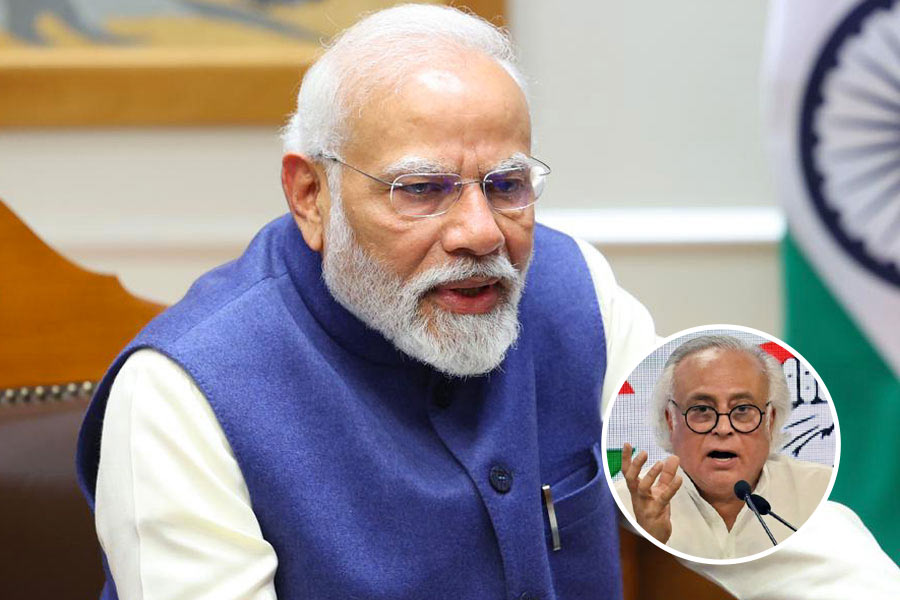India’s 75-year journey towards economic development has been impressive on many counts but equally disappointing on many others. The biblical cup does not ‘runneth over’, it is not even quite half full yet. Politicians, especially those who enjoyed power, have appropriated credit for India’s economic growth, increases in incomes and wealth, the rise of new industries, and the spread of new cities and towns. It would appear that without their vision and administrative acumen, not much would have been possible. This may not be a completely undue perception. However, while they are responsible for some of the successes, they are equally responsible for the large gaps and deficits. The more-than-half-empty cup is their making through wasted opportunities, myopic visions, greed and selfishness and, last but not least, through their lack of concern. What has not been done is, arguably, more important than what has been achieved in terms of national aspirations.
What are the major gaps in India’s economic development? There are many, but a few stand out for attention. Take, for instance, adequate employment opportunities for all. These should be enough so that the overwhelming majority of people — men and women — who wish to work can obtain gainful employment. This is not merely earning any wages. It is about earning a reasonably stable and decent living-wage for pursuing a minimum standard of living. Not all have the capability or the desire to be entrepreneurs. The signals being sent out to the youth is this: be an entrepreneur and quickly become a millionaire. And if you fail — which most do — it is considered to be your failure. This is being done precisely because the job markets are drying up, and will dry up at a faster pace in the near future through the rapid spread of Artificial Intelligence. India’s job markets have been shaken up during the last 10 years. There has been a systematic informalisation of the labour force, weakening of the power of labour unions, growth of contractual labour, marked reduction in women’s participation in the labour force, growing insecurity of inter-state migrant workers and, above all, a reduction in real wages for a large portion of the workforce. Livelihoods and incomes have become extremely insecure.
The labour market changes have an impact on poverty and economic vulnerability as people could easily slip back into poverty and unemployment. While extreme poverty has come down over the past decades, a lot of mid-level poverty has proven to be sticky. According to the World Bank poverty line of $6.85 (at 2017 Purchasing Power Parities) per person per day, 40% of the population still earns below that line measured in 2023. Multidimensional poverty — taking into account income and assets as well as factors related to health, education and the standard of living — has fallen in the recent past, but on the Global Hunger Index (prepared by Concern Worldwide, an international NGO, and Welthungerhilfe) India is ranked 111 out of 125 countries in 2023. The rank was 107 out of the 121 nations in 2022. Covid-19 took its toll on poverty too as many more millions slipped into extreme poverty. The more the uncertainty in the labour market the more the probability that a large number of people will slip back into poverty.
The impressive macroeconomic growth over the past 25 to 30 years has raised average incomes and reduced absolute poverty. However, the bottom of the economic pyramid has spread over a larger population facing increased insecurities and uncertainties. During what could be considered the worst years for India’s economy and society — at the height of the pandemic — the number of billionaires grew sharply and the richest 10% of citizens extensively added to their wealth. The top 10% of Indians earn a whopping 57% of the total income and own 77.4% of the economy’s total wealth (Oxfam). The figures for the bottom 50% of India are alarmingly dismal. They own only 3% of the wealth and earn around 13% of the income. The top 10%’s incomes are 20 times that earned by the poorest 50%. This level of inequality is unacceptable from an ethical standpoint. Little wonder then that the word ‘socialism’ is anathema to the rulers of the country. Untamed inequality has political consequences too. It restricts social mobility, triggers sudden violent conflicts and induces authoritarian reactions.
The United Nations Development Programme’s Human Development Index is arguably the most well-known and respected measure of comprehensive development and has been around for many years now. India has consistently ranked quite low. In the last three years, the rank has hovered between 131 and 132 out of the 189 to 191 nations scored and ranked. This well-known index takes not only income changes but also some surrogate measures of access to health services and educational attainments of the population. A low score clearly means that despite a rise in per capita incomes, the nation is losing out on education and health for the majority of the population. A related issue pertains to the importance of increasing freedoms on the road to development — economic freedoms, political and civil liberties, and freedom of expression through print and electronic media. There are many reputed international think tanks and agencies that measure these. In overall freedom in the world (Freedom House), India is classified as ‘partly free’, in economic freedom (The Wall Street Journal) as ‘mostly unfree’, in press freedom (Reporters Without Borders) it is in a “very serious” condition and for overall democracy (The Economist) the nation is classified as a “flawed democracy”.
An important desideratum of development in today’s world is what the nation does to preserve the natural environment and promote sustainable development. In 2022, on the Environmental Performance Index (Yale, Columbia and McCall-MacBain Foundation) India was ranked 180 out of 180 nations. The index measures improvements in health, business and environmental ecosystems. For a nation that is poor, extremely vulnerable to climate change and has the largest population, the neglect of the environment reflects severe myopia. In terms of urban pollution, congestion and degradation of ecosystem services, India’s performance is among the worst in the world. This, for a nation that is considered the seventh most vulnerable in terms of climate risks according to Germanwatch, a research think tank.
It is now well-established that economic development cannot be measured by the level of national income alone or the rate of growth of the gross domestic product. These measures hide more than they reveal. What is required is a dashboard of indices that cover poverty, unemployment, inequality, lack of freedom and environmental degradation — all of which a nation would like to have less of. Reducing these significantly adds to the soft power of a nation. As a nation, India has persisted with the glory of GDP and growth rates for 75 years. Not only that, in recent years, there has been an obfuscation of official economic and social data. Any criticism is found unacceptable — either it is considered erroneous or it is considered conspiratorial. Praise, on the other hand, is never questioned as flattery. After 75 years of independence we, as a nation, have not been able to face and address some inconvenient truths.
Anup Sinha is former Professor of Economics, IIM Calcutta










